In soaking extraction, how much does the order of adding powder affect the flavor of coffee?
Professional coffee knowledge exchange more coffee bean information please follow the coffee workshop (Wechat official account cafe_style)
A few days ago, when the editor was brewing coffee with Philharmonic pressure, he suddenly wondered. Usually when we make coffee with Philharmonic pressure, we will first put powder and then pour water and stir. What if we change the order and pour the water in first and then put in the powder? Philharmonic pressure in the reverse pressure, like the French pressure kettle, there will be a soaking process, we all know that using immersion extraction to extract coffee can make the extraction of coffee more uniform, so how much will the sequence of adding powder have an impact? The editor will try to press the pot with the Philharmonic press today!
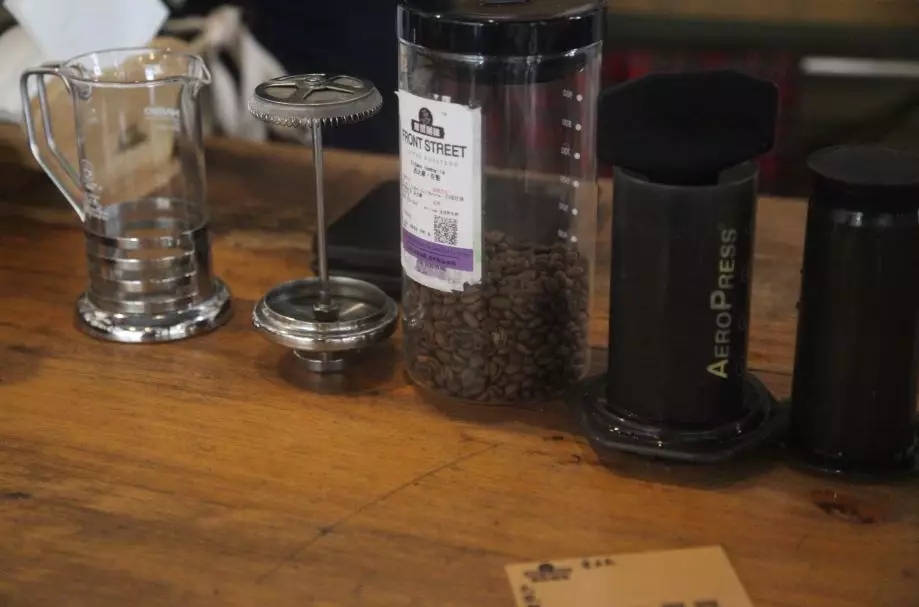
| | Philharmonic pressure |
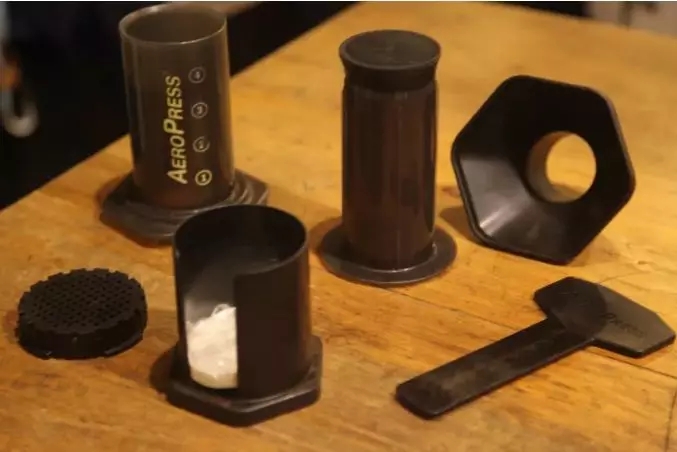
The Philharmonic pressure appears to be in the shape of a needle tube, consisting of a kettle body, a filter cover, a piston cylinder, a funnel, a filter paper and filter paper receptacle, and a stirring rod. The Philharmonic pressure can be soaked and extracted like a French kettle, and when pressed with a piston cylinder, it can be extracted like an Italian machine, and it can be filtered with filter paper like a hand pull. so the coffee produced can have both the richness of Italian coffee, the purity of hand-brewed coffee, and the smooth taste of a French press.
* reverse pressure

Assemble the piston cylinder and the kettle body, put it in the opposite direction, pour the powder and hot water into it and stir it. When the time is up, put the filter cover on, carefully and quickly turn the Philharmonic pressure over and down!
| | French kettle |

In the pressure pot, the coffee powder is soaked in the kettle, and then the coffee liquid and coffee grounds are separated by a pressure rod with a metal filter screen. The coffee obtained by this brewing method has a very good mellow feeling, which can increase the texture and oil of the coffee. And the final coffee flavor is also quite clean.
The beans that cooperate with us in this experiment today are Sakuran from Sidamo!

Huakui
Coffee producing countries: Africa, Ethiopia
Coffee Manor: Gujimbela, buku able Manor
Coffee varieties: native species of Ethiopia
Production altitude: 2250-2350m
Grade: G1
Treatment: solarization (African drying bed)
Baking degree: shallow and medium baking
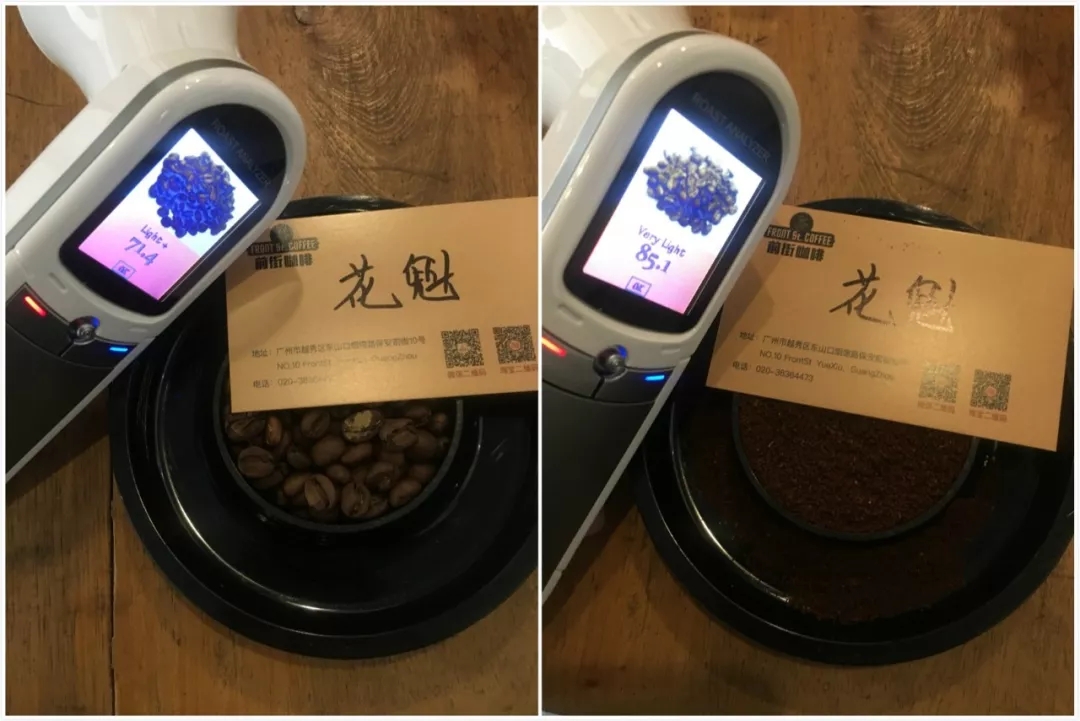
Agrton bean color value is 71.4 (left), Agrton pink value is 85.1 (right) Roast Delta value is 13.7.
| | experiment |
Next, let's start our experiment! Because you just want to know the effect of the sequence of adding powder on the flavor of coffee, the parameters and techniques of using each kind of utensils are basically the same.
[the French kettle is powdered first]


Parameters: grindability: BG 6m (pass rate of Chinese standard No. 20 screen 47%), water temperature 90 ℃, powder / water ratio 1:15
Flavor: the palate is smooth and smells of orange peel oil, with citrus, almond, strawberry and jackfruit flavors on the palate, with almonds, cream and sandalwood in the middle, with obvious honey sweetness at the end. The overall sweetness is relatively high.
[adding powder after pressing the kettle]
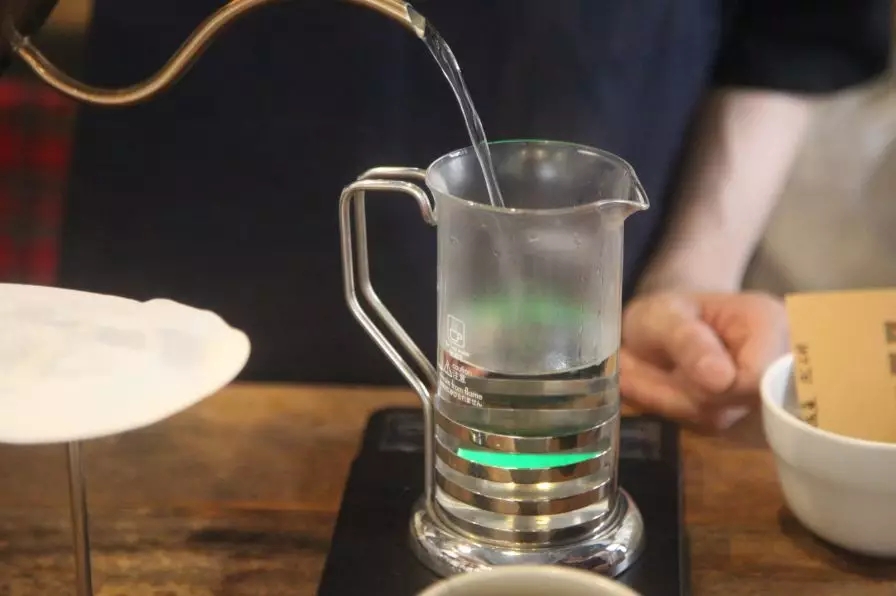

Grindability: BG 6m, water temperature 90 ℃, ratio of powder to water: 1:15
Technique: pour 225 grams of water into the pot, pour 15 grams of powder, stir 4 times so that the coffee powder is in full contact with hot water, soak to 3: 30, press down the pressure bar, completely pour out for 4 minutes.
Flavor: it smells of fermented fruit and raspberry, with sour notes of citrus and lime in the mouth, nutty and creamy flavor in the middle, and light sugar sweetness at the end. The overall flavor will be sour.
[Philharmonic presses and throws powder first]

Parameters: grindability: BG 5R (Chinese standard No. 20 screen pass rate 58%), water temperature 90 ℃, powder / water ratio: 1:15
Technique: with the way of reverse pressure, assemble the Philharmonic pressure and buckle upside down, pour 15g powder into the Philharmonic pressure kettle, directly pour water to 225g, stir 5 times so that the coffee powder and hot water are in full contact, soak to 1 minute, stir 5 times and then cover with the filter lid. At 1: 40, the buckle is pressed out upside down, and the complete time is 2:01.
Flavor: it smells of chocolate and fermented fruit, with citric acid, chocolate, spices and sandalwood on the palate.
[Philharmonic after pressing and adding powder]

Parameters: grindability: BG 5R (Chinese standard No. 20 screen pass rate 58%), water temperature 90 ℃, powder / water ratio: 1:15
Technique: using the way of reverse pressure, assemble the Philharmonic pressure and then buckle upside down, first pour 225g of hot water into the body of the Philharmonic pressure kettle, pour in 15g powder, stir 5 times so that the coffee powder and hot water are in full contact, soak to 1 minute, stir 5 times, then cover with the filter cover, to 1: 40 when the buckle is pressed out, the complete pressing time is 2:03.
Flavor: the mouth has citrus acidity, pepper, spice, dark chocolate flavor, smooth but weak aroma and weak end.
The two pots [Sakuran] made with Philadelphia pressure will have obvious chocolate and spice flavor, and the editor thinks that this should be due to the slight over-extraction caused by the extraction time for a long time, so the editor adjusted it and tried to shorten the extraction time:
[Philharmonic presses and throws powder first]

Parameters: grindability: BG 5R (Chinese standard No. 20 screen pass rate 58%), water temperature 90 ℃, powder / water ratio: 1:15
Technique: with the way of reverse pressure, assemble the Philharmonic pressure and buckle upside down, pour 15g powder into the Philharmonic pressure kettle, directly pour water to 225g, stir 5 times so that the coffee powder and hot water are in full contact, soak to 50 seconds, stir 5 times and cover the filter lid. To 1: 10:00 buckle pressure out, the complete pressure time is 1:33.
Flavor: it has obvious fermented fruit and citrus aromas, with citrus acidity and licorice sweet on the palate, with spices and chocolate flavors at the end.
[Philharmonic after pressing and adding powder]

Parameters: grindability: BG 5R (Chinese standard No. 20 screen pass rate 58%), water temperature 90 ℃, powder / water ratio: 1:15
Technique: using the way of reverse pressure, assemble the Philharmonic pressure and then buckle upside down, first pour 225g hot water into the Philharmonic pressure kettle, pour 15g powder in, stir 5 times so that the coffee powder and hot water are in full contact, soak to 50 seconds, stir 5 times and then cover with the filter cover, to 1: 13:00 reverse buckle pressure out, the complete pressure time is 1:38.
Flavor: it smells obviously fermented and soft, with sweet and sour strawberries, berries and tropical fruits on the palate, with orange and creamy flavors in the middle and some cocoa at the end.
| | Summary |
By comparison, it is found that when brewing beans with obvious flavor, such as [Huakui], the coffee made by adding powder will have more obvious acidity, no matter using the Philharmonic pressure or the pressing pot.

The editor believes that there are two main factors: water temperature and stirring.
When adding powder, the hot water is poured directly from the hand flushing pot to the powder. at first, the temperature of the water extracted with coffee powder is relatively low, because it will be cooled when it comes into contact with the spout, coffee powder and the body of the kettle, and then when powdered, because it is already poured hot water, the temperature of the kettle body is similar to that of hot water, and the temperature will be kept at a relatively high temperature when it comes into contact with coffee powder.

In this way, the water temperature of the first powder will be relatively low at the beginning of the extraction, but why is it relatively easy for the first powder to be extracted?

Perhaps this has something to do with stirring, although both methods of powder feeding are added during cooking, but the mixing of water flow during water injection is more than that of adding powder first. although the temperature of the extraction water is lower at the beginning, the stirring will be more intense than that of adding powder later, so the probability of adding powder first will be relatively higher.

The editor feels that if you use a pressure pot to make beans with obvious flavor such as [Sakuran], you can try to add powder first. The extracted coffee is rich in flavor, and the sweet and sour feeling is more balanced. If it is made with Philharmonic pressure, it may be possible to try the method of adding powder after it is used. The extracted coffee has a more obvious flavor level, the whole will be more balanced, and the probability of over-extraction is relatively low.
END
Important Notice :
前街咖啡 FrontStreet Coffee has moved to new addredd:
FrontStreet Coffee Address: 315,Donghua East Road,GuangZhou
Tel:020 38364473
- Prev
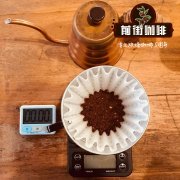
The semi-hot fan of coffee roaster is long and mellow, stable and introverted, like the elderly with deep internal force.
Professional coffee knowledge exchange more coffee bean information please follow the coffee workshop (Wechat official account cafe_style) bean roaster: straight hot VS hot air = it is like the difference between Japanese cars and European cars, Jian Zong and Air Zong! The semi-hot fan is mellow, stable and introverted, like an elderly with deep internal force, while a direct fire machine is like a snake girl who dares to love, dare to hate, amorous and changeable.
- Next
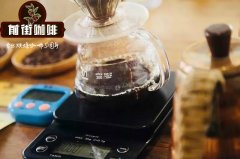
What is honey treatment? Why is it called honey treatment? The difference between yellow honey, red honey and black honey
Professional coffee knowledge exchange more coffee bean information Please follow the coffee workshop (Wechat official account cafe_style) Coffee beans treated with honey will be graded according to the degree of retention of the pulp (from more to less): yellow honey, red honey, black honey (Honey Amarillo) the light time of raw coffee beans treated with yellow honey is the longest. A longer duration of light means a higher heat, so this
Related
- What is the meaning of lactic acid fermentation with coffee bean treatment?
- How to judge the state of foam by sound?
- How does the latte pull out the unicorn pattern? Come to get for a little trick to improve the flower pull!
- Will flower pulling affect the taste of the latte?
- Do you know the history of coffee?
- The difference between honey treatment and sun washing what is raisin honey treatment?
- What kind of milk can a novice use to make coffee foam to keep the foam longer? The correct method and skills of milking tutorial sharing
- Why do washed coffee beans taste sour? Flavor characteristics of washed Coffee
- Introduction to the skill of how to practice the size and height of water injection around the circle of hand-brewed coffee
- How do beginners practice coffee flower drawing from scratch?

